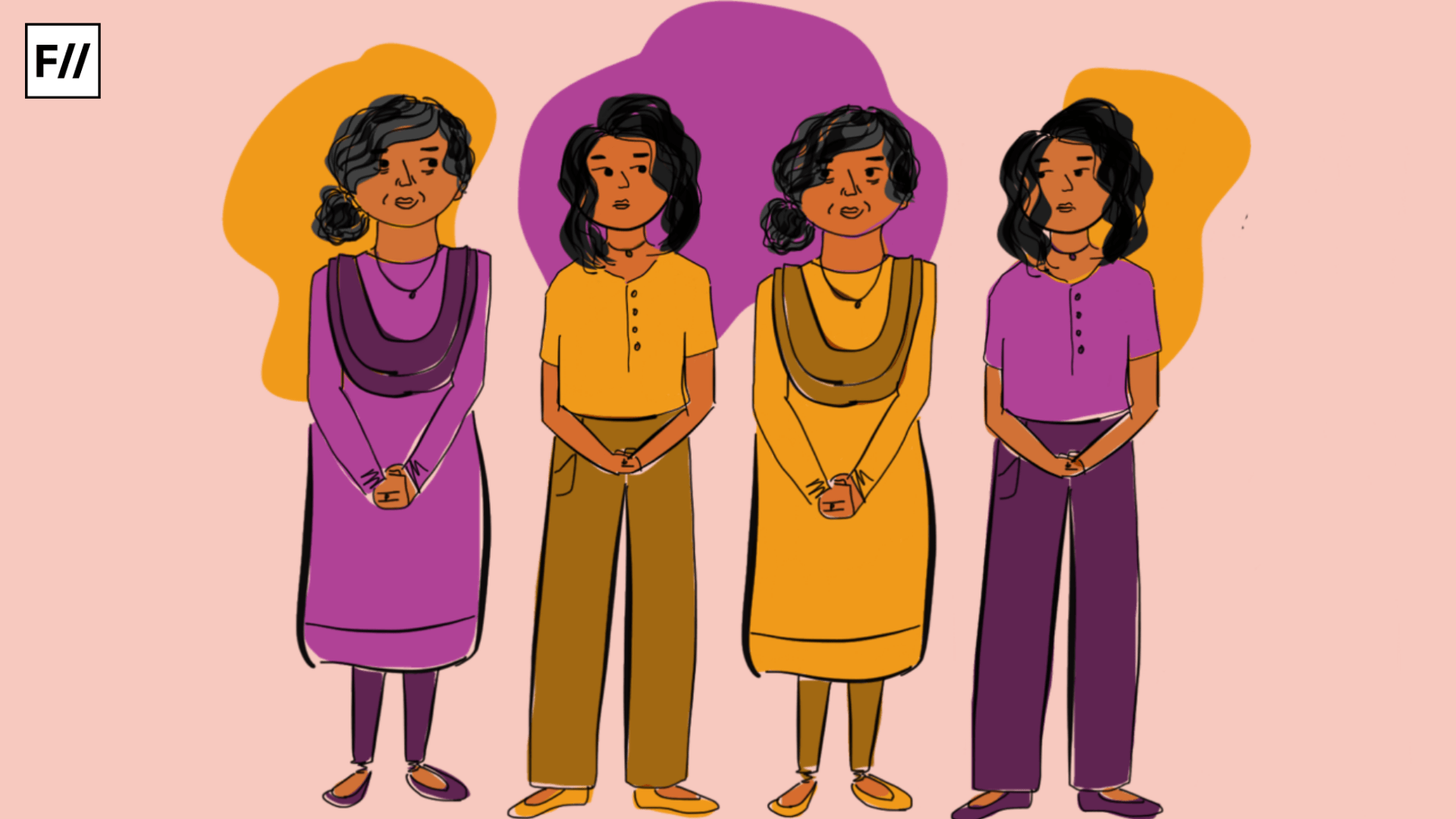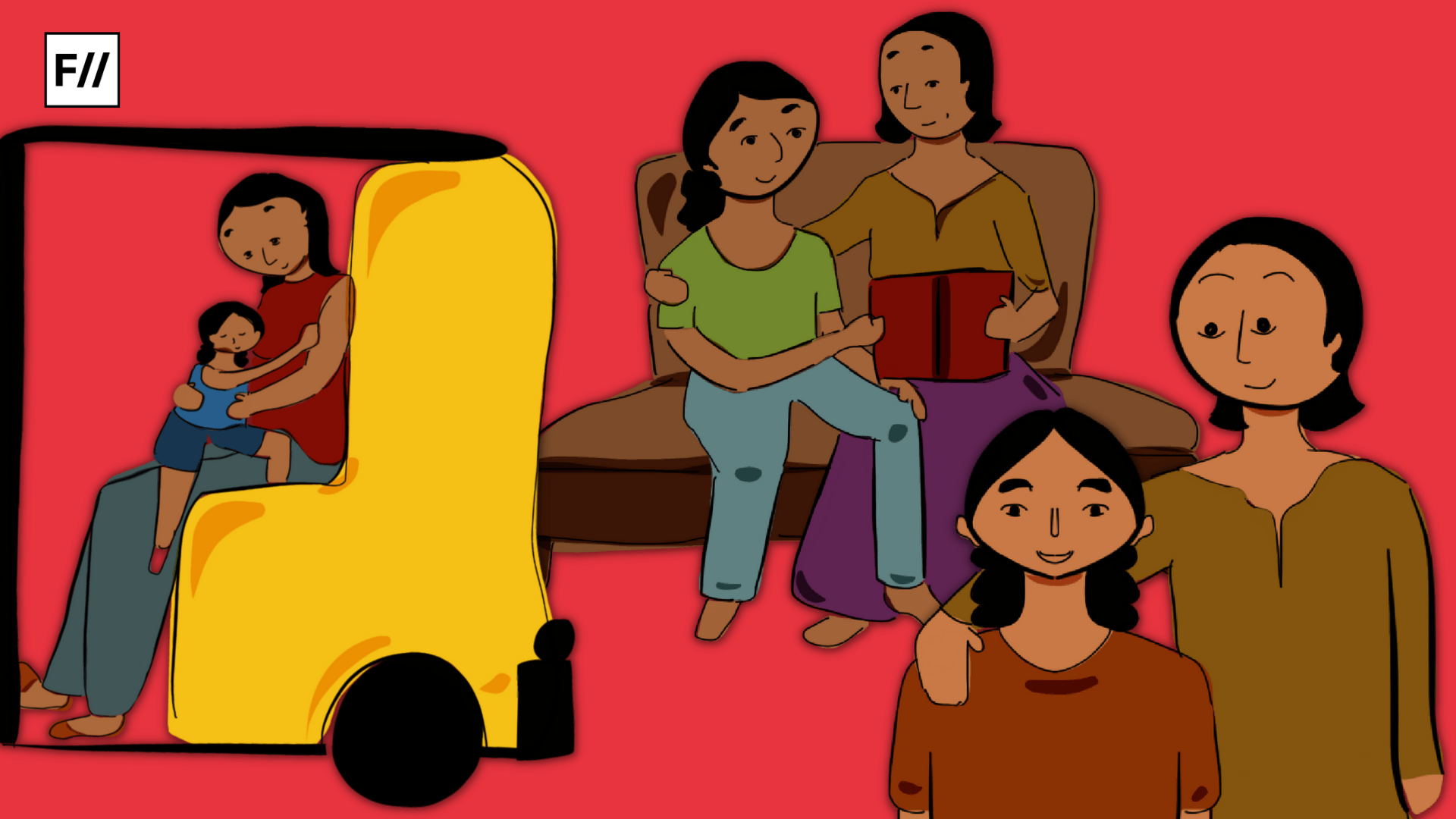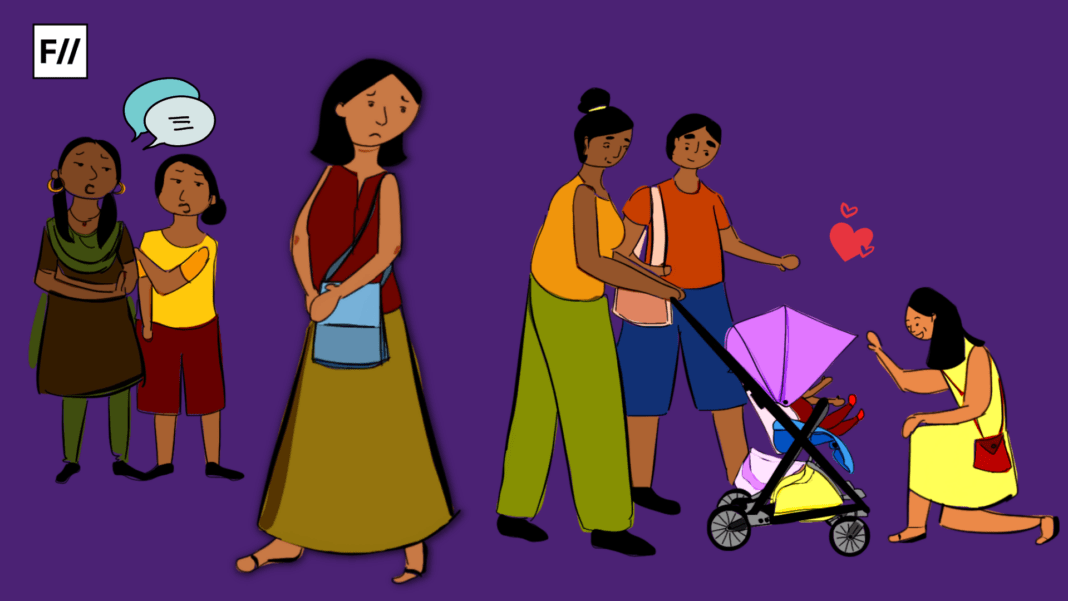Gender inequality in the labour market has been persistent across several dimensions such as low labour force participation, inequality in wages, occupational segregation, a high burden of unpaid care work, and many other forms of discrimination. Such inequality in women’s participation in labour market is contingent upon various factors, via, biological, economic, social, or cultural, which result in gender inequality in the family as well as in the economic and political system.
Historically, maternity has been treated as a state of inability in women workers from undertaking any work during the few weeks immediately preceding and following childbirth.
Historically, maternity has been treated as a state of inability in women workers from undertaking any work during the few weeks immediately preceding and following childbirth. With the advent of the system of wage labour, which became the predominant form of labour market with the rise of capitalism, many employers incline to terminate the women workers when they find that maternity affects performance of the women workers. Therefore, many women workers have to either go on leave without pay or have to bear the strain to maintain their efficiency during the periods of pregnancy to retain their employment.

Gender inequality in the labour market has repercussions on the degree to which women reap benefits from the economic growth of a country, which in turn affects women’s empowerment. To alleviate this problem, a country needs empowerment schemes to remove the barriers preventing women’s labour force participation. This has been recognised in the Constitution of India pursuant to which various legislations have been passed in India to reduce gender inequalities. The focus of the present article is one such important piece of legislation passed for the welfare and benefit of working women in India i.e., the Maternity Benefit Act, 1961 (‘Act’).
Important provisions of the Maternity Benefit Act
The Act extends to the whole of India and applies to every establishment, factory, mine, plantation, and circus industry including any such establishment belonging to the government. The Maternity Benefit Act does not apply to the establishments covered under the provisions of the Employees State Insurance Act, 1948, except as otherwise provided in Sections 5A and 5B of the Act. The Act has been amended from time to time. The latest amendment was made in 2017 which extended the benefits for women employees available under the Act.
The Maternity Benefit Act is a social legislation to ensure that mothers’ ability to participate in the workforce is not hindered because of childbearing and child-rearing responsibilities. Section 4 of the Maternity Benefit Act inter alia provides that no employer shall knowingly employ a woman in any establishment during the six weeks immediately following the day of her delivery. Moreover, no pregnant woman shall be required by her employer to do any work which is of an arduous nature that in any way is likely to interfere with her pregnancy during the one month immediately preceding the six weeks before the date of her expected delivery.
The Maternity Benefit Act is a social legislation to ensure that mothers’ ability to participate in the workforce is not hindered because of childbearing and child-rearing responsibilities.
As provided in Section 5 of the Maternity Benefit Act, every woman shall be entitled to, and her employer shall be liable for, the payment of Maternity benefits at the rate of the average daily wage for the period of her actual absence immediately preceding and including the day of her delivery and for the six weeks immediately following that day.

To be eligible for the maternity benefit, a woman has to work in an establishment of the employer from whom she claims maternity benefit, for not less than 80 days in the twelve months immediately preceding the date of her expected delivery. The maximum period for which any woman shall be entitled to maternity benefit shall be 26 weeks of which not more than 8 weeks shall precede the date of her expected delivery. An entitled women employee can take the entire 26 weeks of leave after the delivery. Also, if a woman employee wishes, she can claim the benefit for a smaller period.
The jurisprudence established by the judgements of Hon’ble Supreme Court and High Courts have made it clear that the provisions of the Maternity Benefit Act do not discriminate between a permanent employee and a contractual employee, or even a daily wage worker. Moreover, in case of a contract/ad-hoc employee, maternity benefit cannot be linked to the tenure of women’s employment. Thus, an ad-hoc employee will be entitled to avail maternity benefits under the Act beyond the tenure of the contract, given that her pregnancy occurs during the tenure of the employment.
As per Section 27(2) of the Act, the employer may provide enhanced maternity benefits to eligible women employees. In a few States, the respective State Governments have also relaxed the period of maternity leave for State Government employees. For example, the State of Tamil Nadu has recently announced 12 months of maternity leave for its employees. Whereas many other State Government including Bihar provides 6 months of maternity leave to their employees.
The Maternity Benefit Act also extends maternity benefits to adoptive mothers, commissioning mothers, and to women undergoing a tubectomy operation.
The Maternity Benefit Act also extends maternity benefits to adoptive mothers, commissioning mothers, and to women undergoing a tubectomy operation. The adoptive mothers are eligible for 12 weeks’ leave starting from the day of adoption for the baby below 3 months of age. In case of commissioning mother, the biological mother who imparts her egg to create an embryo which is then planted in another woman is eligible for 12 weeks’ leave. Whereas in case of tubectomy, a woman can opt for 2 weeks’ leave, from the date of the tubectomy operation.
Recent amendments in the Act
The latest amendment of 2017 introduces a provision in Section 5(5) of the Maternity Benefit Act which provides that an employer may permit a woman to work from home where the nature of work assigned to a woman is such that she can work from home. As per this Section of the Act, the employer may allow the women employee to do so after availing of the maternity benefit for such period and on such conditions as the employer and the woman may mutually agree.

The aforementioned amendment in the Maternity Benefit Act also included Section 11 (A) in this Act which requires every establishment with 50 or more employees to provide crèche facilities within a prescribed distance. The woman will be allowed four visits to the crèche in a day. This will include her interval for rest. Every woman who has delivered a child and has returned to duty after such delivery shall, in addition to the interval for rest allowed to her, be allowed in the course of her daily work two breaks of the prescribed duration for nursing the child until the child attains the age of fifteen months.
Further, the aforesaid amendment in the Maternity Benefit Act also added a new provision in Section 11 of the Act, which mandates employers to educate every female employee about the benefits available under the Maternity Benefit Act at the time of their initial employment. This provision is significant because awareness about any Act are fundamental elements for ensuring compliance with it.
In addition to maternity benefits provided under the aforementioned act, as recommended by the sixth pay commission, the central government introduced the provision of Child Care Leaves (CCL) for its employees in the year 2008. Under the CCL rule, a woman Government servant having minor children below the age of eighteen years may be granted child care leave for a maximum period of two years, i.e.730 days during the entire service for taking care of up to two children. This rule has been adopted by many States Governments such as Bihar for their respective employees.
If any employer fails to provide maternity benefits to a woman entitled under the Maternity Benefit Act or discharges or dismisses such woman during or on account of her absence from work, the employer shall be punishable with imprisonment which shall not be less than three months but which may extend to one year and with fine which shall not be less than two thousand rupees but which may extend to five thousand rupees.
The Maternity Benefit Act has now been merged along with fourteen other central labour laws to form a Code on Social Security, 2019 which is yet to be enforced by the Government of India. The Chapter VI of the Code deals with ‘Maternity Benefits’ which includes all the major provisions of the Act.

It is relevant to mention here that the Central Civil Services (Leave) Rules, 1972 (CCSL Rules) governs the rules concerning leave entitlements for central civil services personnel which is also followed by several autonomous organisations and state organisations. These rules are subject to periodic amendments in accordance with changes in relevant laws concerning leave and other employment benefits. Section 43 of the CCSL Rules provides the rules as per the provisions of Maternity Benefit Act, 1961.
Women employees deserve equal opportunity in the workplace, regardless of their family responsibilities. They should not be discriminated against, terminated, or hindered in their career advancement due to these family obligations. Articles 14 to 16 of Constitution of India, serves as a safeguard against such discrimination which guarantee equality before the law and prohibit discrimination based on sex. The Maternity Benefit Act, 1961 translates the principle of equality into tangible support for working mothers by providing them with specific benefits and protections during pregnancy and after childbirth.
Maternity leave is vital for employees as it prioritises the health of pregnant workers, allowing them necessary time off before and after childbirth for health care and preparation.
Maternity leave is vital for employees as it prioritises the health of pregnant workers, allowing them necessary time off before and after childbirth for health care and preparation. Whereas, child care leave promotes a more balanced and inclusive work culture, recognising the importance of supporting employees in managing their caregiving responsibilities alongside their professional roles. Thus, it offers financial security, time for recovery and childcare, and legal protection against discrimination, promoting a healthy work environment for both mothers and their babies.
About the author(s)
Dr. Sweety Supriya is Assistant Professor (Electronics) at L.S.College, B.R.A. Bihar University, Muzaffarpur.




